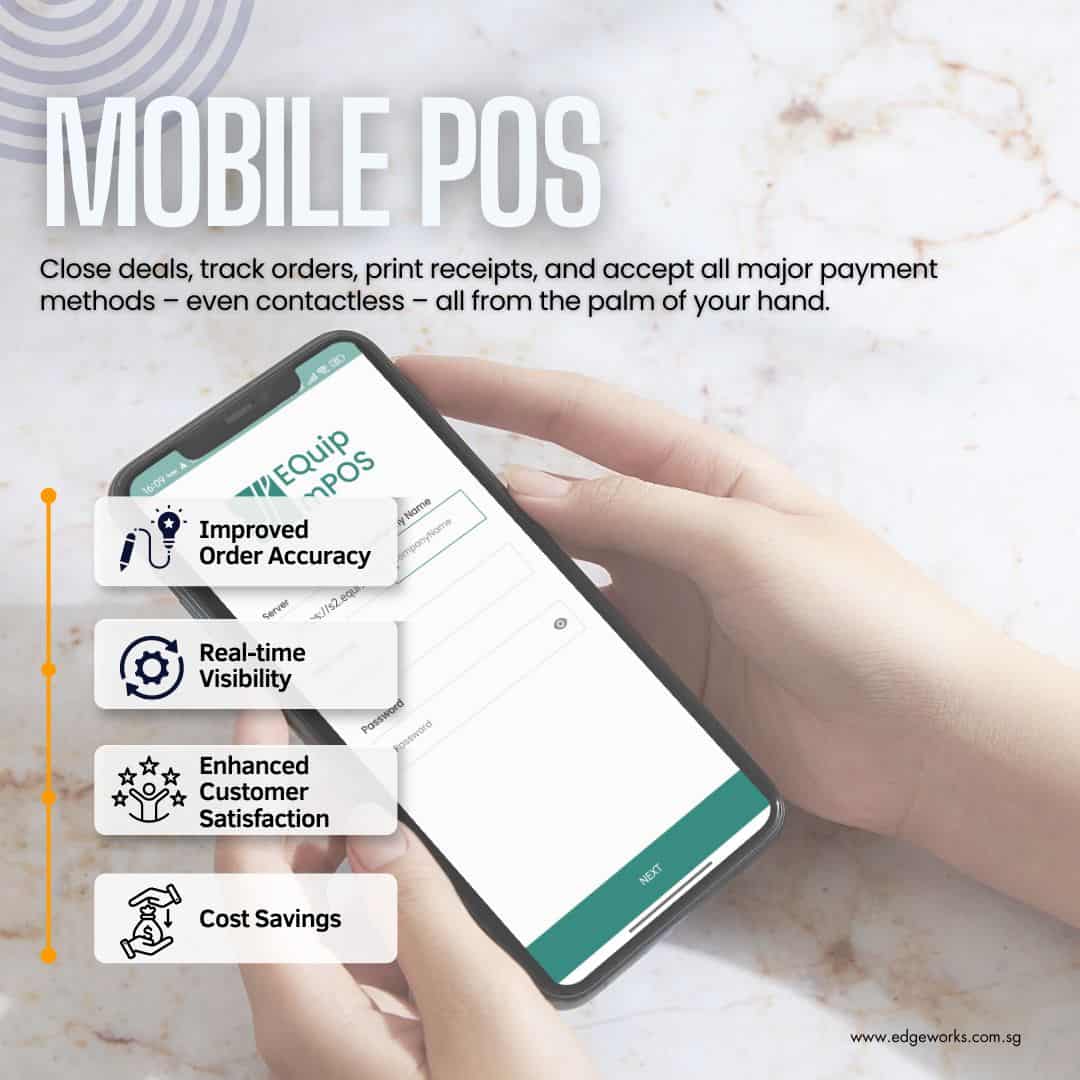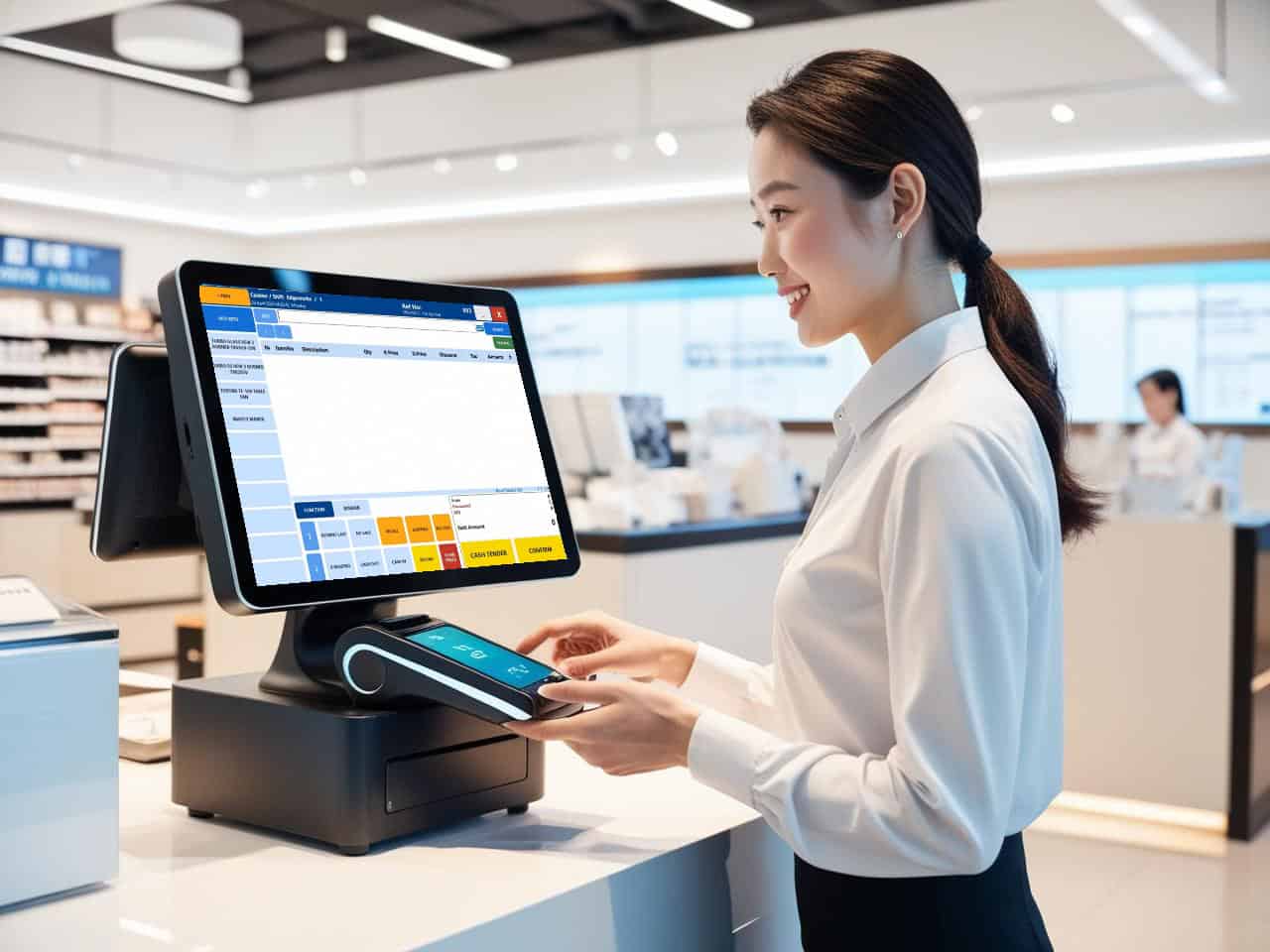Have you ever walked into a store only to find that the item you wanted is out of stock? Or perhaps you’ve come across a display piled high with products that no one seems interested in buying? These frustrating experiences are often the result of poor inventory management, which can have a significant impact on a retailer’s bottom line. In today’s blog post, we’re going to delve into the financial consequences of inaccurate inventory tracking and explore how mobile POS systems can help revolutionize the way retailers manage their stock.
Financial Impact of Poor Inventory Management
Let’s start by talking about the cold, hard numbers. Inaccurate inventory tracking can lead to a host of problems, from stockouts that result in lost sales to overstocking that ties up valuable capital. When customers come into a store looking for a specific item only to find it’s not available, they’re likely to walk away empty-handed – and their dissatisfaction can have a lasting impact on the store’s reputation. On the flip side, having too much inventory can lead to items languishing on shelves, becoming outdated, and eventually needing to be sold at a steep discount. These missed sales opportunities and costly markdowns can quickly add up, eating into a retailer’s profits.

The Mobile POS Solution
So, how can retailers avoid these pitfalls and take control of their inventory management? Enter mobile POS systems. These handy tools allow retailers to track their inventory levels in real-time, giving them insight into what’s selling, what’s not, and when it’s time to restock. By having this information at their fingertips, retailers can make better-informed decisions about ordering and stocking, ensuring that they always have the right products on hand to meet customer demand.
Case Studies
Let’s take a look at some real-world examples of how mobile POS systems have made a difference for retailers. Starbucks is an excellent example of a global brand that has effectively leveraged mobile POS systems to enhance its operations, including inventory management. By enabling customers to order and pay in advance through their app, Starbucks gains real-time insights into product demand, optimizing inventory levels across stores. This data-driven approach empowers them to make informed decisions on product range, pricing, and promotions, ultimately reducing waste and ensuring customer satisfaction.

Image Source: Mobile Syrup
Take Control of Your Inventory Today
So, what’s the key takeaway here? Poor inventory management can have a significant impact on a retailer’s finances, but it doesn’t have to be a losing battle. By investing in a mobile POS system, retailers can gain real-time insight into their inventory levels, streamline their management processes, and ultimately drive greater success in their businesses. So, if you’re tired of stockouts and overstocking draining your profits, it might be time to consider making the switch to a mobile POS system. Your bottom line will thank you!
Don’t miss out on the latest buzz! Follow us on our social channels for exclusive info and updates that you won’t find anywhere else. Let’s stay connected and keep the conversation going!




